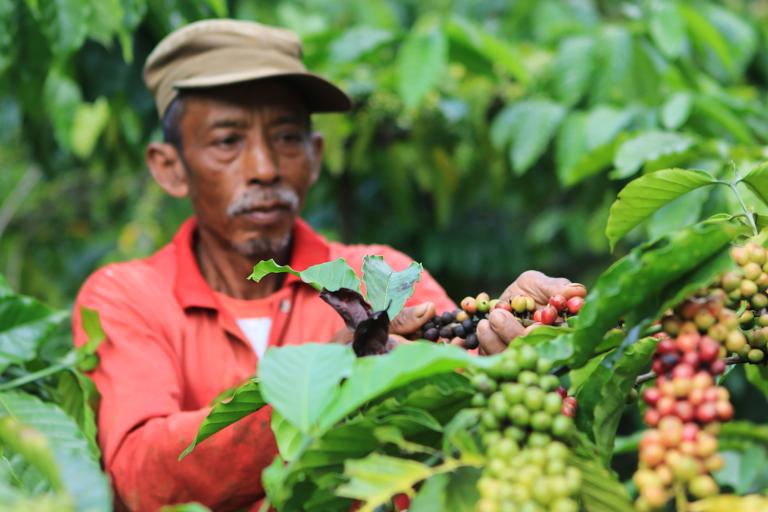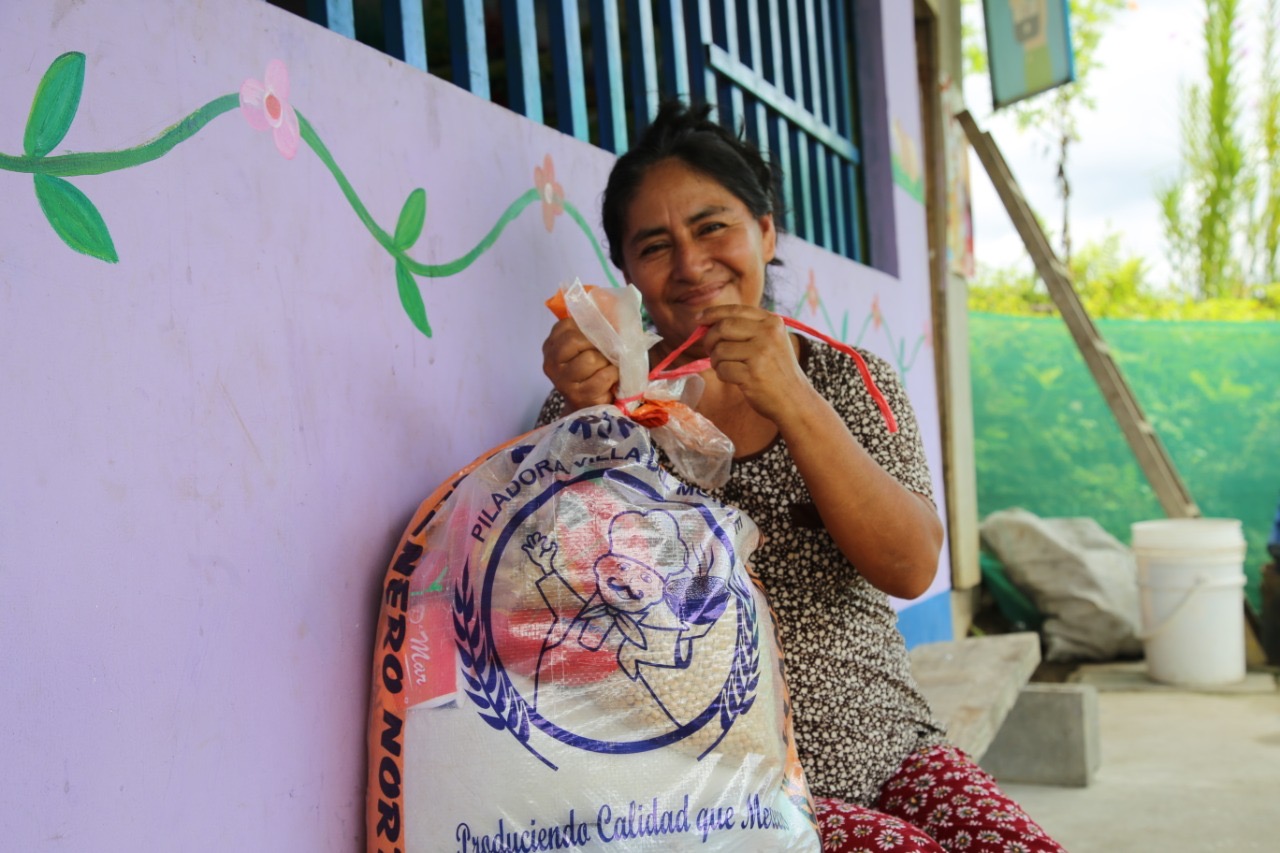Give up coffee for COVID? Only if we can't repair the supply chain

Quarantines, closed borders and reduced carriage are shaking up the coffee industry. HERE Supply Chain APIs could be the solution that keeps us all caffeinated.
What would you do if you had to let go of your morning coffee?
Latin America, Africa and Asia grow the majority of the world's coffee beans and are facing significant challenges due to COVID-19.
In some instances, the harvest is complete but the beans are being held up during processing or at borders, while in others, beans are left unpicked due to lack of workers.
And, many coffee supply chains still rely on paper trails for documentation, organization, and tracking, leaving little visibility into potential conflicts and blockages.
This could all have an impact on our ability to buy and enjoy our favorite brands.
HERE Supply Chain API's, with end-to-end asset tracking, could be a way to keep us waking up and smelling the coffee.

Coffee's value depends on more than just sales; drinking coffee has become a personal experience redefining its worth and creating higher costs associated with a premium value.
Spill the beans, what's at stake?
Compared to its beverage equivalents, coffee remains among the most popular worldwide with nearly 42.6 liters consumed per person annually, according to Statista. Roast coffee revenue is the highest in the US with a market volume of US$258,759m.
The overall American industry is currently valued at USD$357,953m.
In recent years the value of coffee has increased due to a surge in what Statista's study calls the "out-of-home" sector; coffee beverages purchased and then taken "to-go".
By 2025, Statista predicts that 20% of volume consumption in the coffee industry will be attributable to the “out-of-home" market.
But, since shelter-in-place regulations went into effect, grabbing a latte on the way to work, or during a “coffee break" has been all but impossible, creating a noticeable impact on both the wholesale of coffee beans and prepared drinks.
According to bizjournals, roasters in the US experienced a 50-60% decline in purchases during pandemic shutdowns. Not wanting to get stuck with surplus green coffee beans, they're simply buying less.

Coffee intake is expected to amount to 7,884.1 mkg by 2025, predicts Statista.com.
On top of all of this, supply chain blockages are slowing down shipments from the world's biggest bean producers, travel bans are limiting the migrant workforce many countries depend upon for harvest, shipping options are reduced, and many seaports are working with downsized staff.
HERE consulted the President of Sustainable Harvest Coffee Importers, Liam Brody*, to get a better idea of the situation and what to expect in the future.
COVID-19 certainly sharpens the business need for technology and provides the urgency needed to help bring it to fruition. I have no doubt that the industry will look very different within the next five years." – Liam Brody, President, Sustainable Harvest Coffee Importers
Never-ending puzzles to solve
Like other supply chains worldwide, COVID-19 has changed the way farmers, distributors and manufacturers get their coffee to consumers.
“Every element of the coffee supply is being tested in different, unpredictable ways, at different times. Some systems have become obsolete overnight... like the strict use of printed bills of lading which banks, shipping lines, importers and others have all recently adapted to electronic seaway bills...", explains Brody.
When asked about the differing impact on large and small scale coffee operations he said it comes down to sale and distribution channels. “Lockdowns, quarantines, curfews, and stay-at-home orders have been crushing for away-from-home consumption. Restaurants, cafes, and bars are closed. Offices, too. Toss in colleges and universities, and that's a big chunk of the market. Still, people want... their daily fix. So, at-home coffee consumption channels are booming...."

"Since the pandemic began, Sustainable Harvest has maintained 100% business continuity... we feel lucky to work in an industry deemed essential... we are thankful to have the chance to work - and for a company using business as a force for good." Liam Brody, President, Sustainable Harvest Coffee Importers.
Brody believes positive relations between farmers and roasters has never been more important: “25 years ago, our founder David Griswold coined the term, Relationship Coffee... he believed that relational, versus transactional, business was ultimately more fair, resilient, and efficient - not to mention fun. That early vision shows itself to be as true now as ever."
He also sees digital tools like HERE Supply Chain Optimization, that decreases the impact of delays, reduces costs related to waste and misplacements, and optimizes real-time cargo connections via enhanced visibility, as essential to long-term resiliency.
“I think that technology that automates the coffee supply chain in a transparent and traceable manner is long overdue. Technology that connects us and enhances relationships is vital. How can we use technology to generate more efficiency? To deepen trust and knowledge? To allow us to see the world without destroying it - or endangering each other...?"
Transparency is an essential element of supply chain design. HERE Supply Chain Optimization can help you achieve end-to-end visibility.
*Liam Brody was interviewed on May 28th, 2020
Have your say
Sign up for our newsletter
Why sign up:
- Latest offers and discounts
- Tailored content delivered weekly
- Exclusive events
- One click to unsubscribe